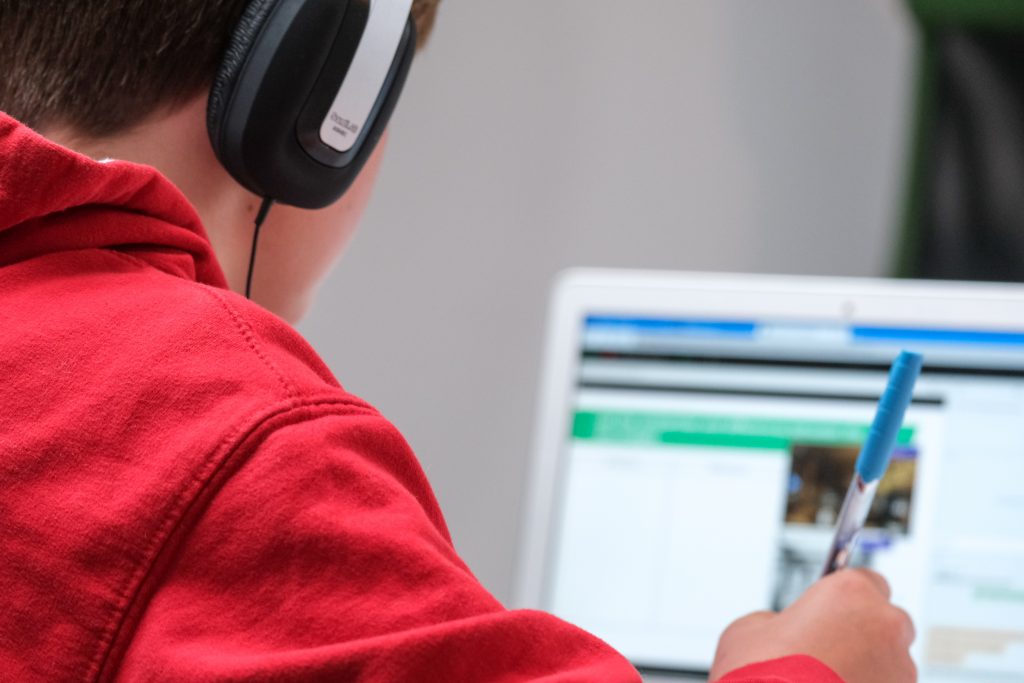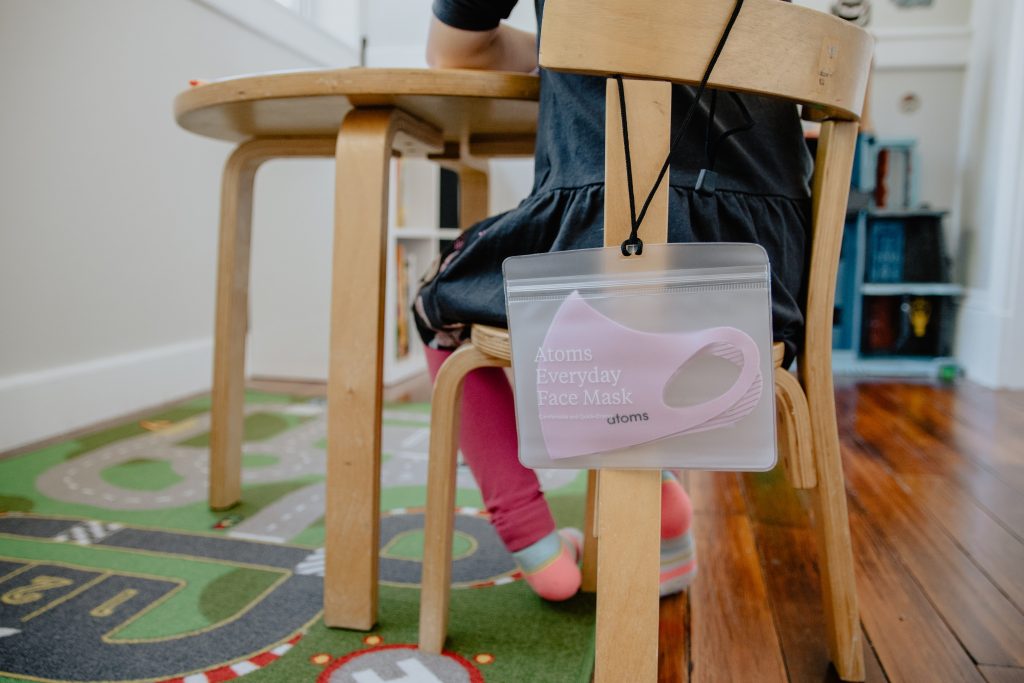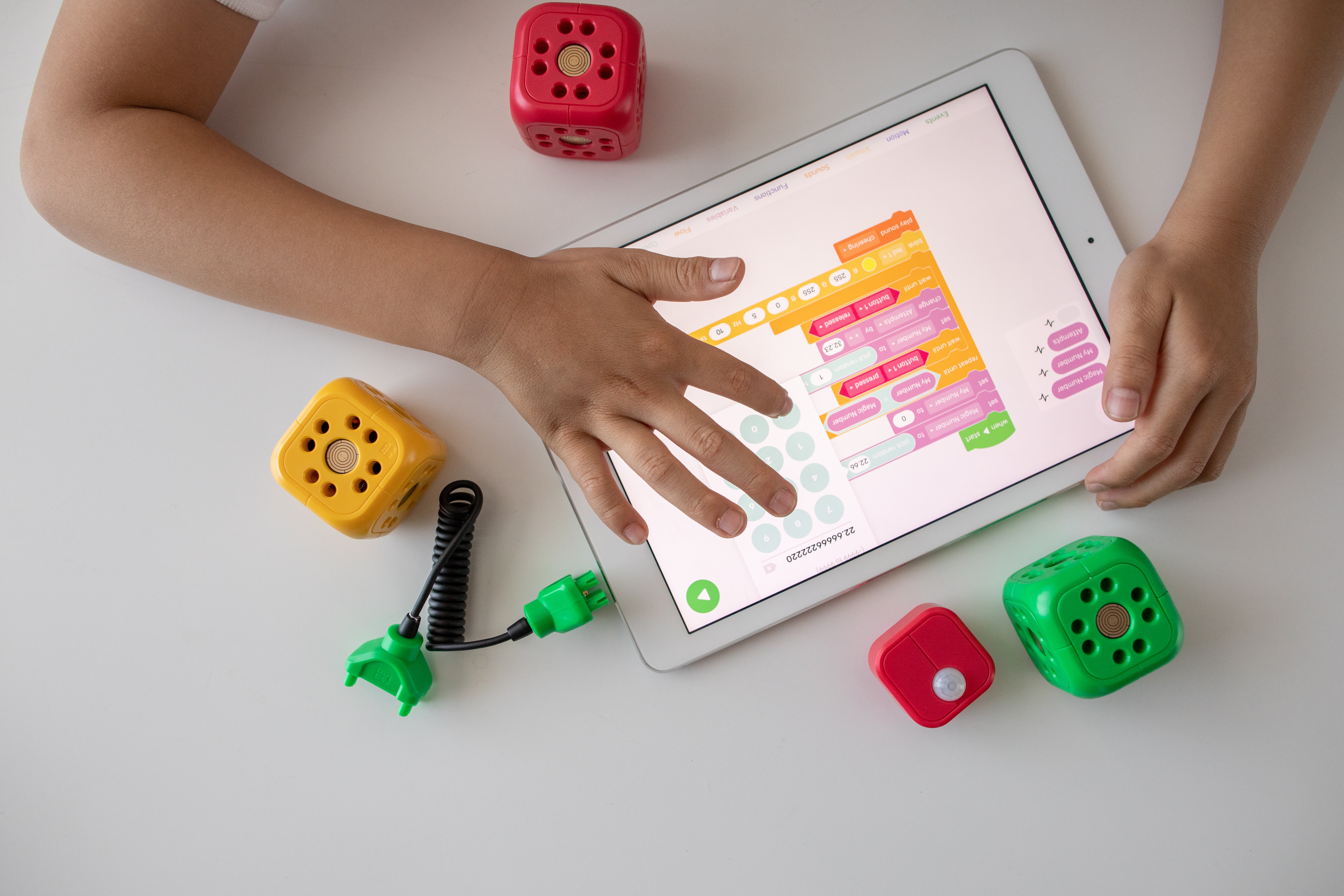Things have changed but we still need to pursue the same teaching and learning attainment outcomes as before. With an estimated 1.6 billion learners out of school, creative strategies and tools are required, and new ‘hybrid’ remote learning methodologies adopted.
With the apparent side-lining of academic selection by exam this year, the admissions criteria conundrum has come more sharply into focus. For some students, parents and teachers this will come as a relief; one less thing to add to an already stressful situation. For others, used to a culture of competition and testing, this could be problematic. From seeing hard work unrewarded to the reduction of choice in Post-Primary options, many parents and pupils are feeling disappointed and frustrated.

Our current situation notwithstanding, we’re still left with the issue of how students of any age, or ability and in any school context are assessed. There is a dearth of data in relation to ‘on-going classroom assessment’ and perhaps the existing structures of PIE and PIM (and others) bring with them an intangible element of performance ‘on-the-day’ and all that can go wrong with that.
Here, In the UK , the decision has been taken to focus on teacher-led assessment of pupil work. The opportunity now, is how we positively disrupt the assessment model that has persisted for so long. Andreas Schleicher, head of education at the Organisation for Economic Co-operation and Development (OECD), has described the pandemic as creating “a great moment” for learning.
“Real change takes place in deep crisis”
Maybe we should be looking for a more permanent alternative to summative ‘terminal’ examinations. Maybe our young people who are living through a pandemic need to be assessed on a different basis in the coming years. Reviewing evidence of learning through Seesaw, Google, Teams and other online tools helps teachers to adapt and even modify their approach to best suit students’ needs. In essence, Formative Assessment’.

With face-to-face engagement so reduced, learners need more than ever to see what ‘learning’ and ‘progress’ look like. We need, along with scores and test results, to set benchmarks for individual pupil progress. Again, teachers are best placed to understand their pupils’ baseline position.
Because the teacher has shared this with their student, they’ll be aware of their ‘target’ and, guided by the teacher’s feedback, learners will work to provide evidence that they’re progressing towards it. Effectively they ‘learn’ how to progress by recognising ‘next steps’ and how to take them. In some instances the lack of progress towards the benchmark might signal the impact of an existing pastoral issue, or indeed, an issue brought about by Covid conditions. We know a dip in mental health impacts learning and attainment and can be a trigger for intervention. We have also seen a rapid increase in mental health and safeguarding cases affecting children across the UK. On-going assessment will give individual teachers an opportunity to identify not only where pupils are in their learning journey but to identify possible reasons why they’re not where they’re expected to be.
In due course how we do things over the next while is very important. Teachers and learners must work together to understand what works best.
In order to understand that, we need information; data for learning and assessment. Be it summative, formative or a blend of both, it’s a high stakes situation that needs carefully thought through.


